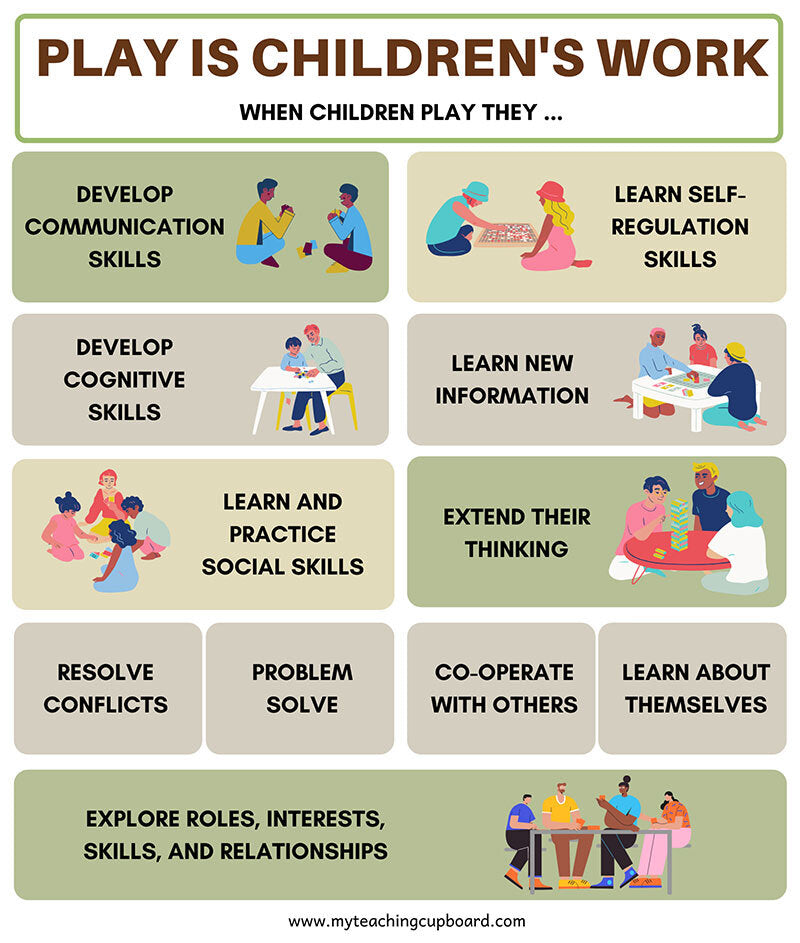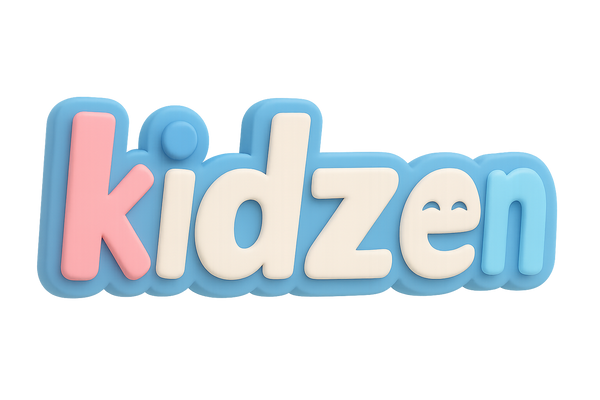
The Impact of Toy Types on Child Brain Development
Share
1. Open-Ended Toys: Fostering Creativity and Problem-Solving
Open-ended toys, such as building blocks and art supplies, encourage children to use their imagination and creativity. These toys allow for multiple uses and outcomes, promoting problem-solving skills and cognitive flexibility. Studies have shown that such toys can enhance spatial reasoning and critical thinking abilities in children .
2. Educational Toys: Enhancing Cognitive and Language Skills
Educational toys are designed to promote learning and development. Examples include alphabet puzzles, number games, and science kits. These toys can improve language acquisition, mathematical understanding, and scientific reasoning. Research indicates that educational toys can lead to significant gains in cognitive development when used appropriately .
3. Sensory Toys: Supporting Sensory Integration and Motor Skills
Sensory toys, like textured balls and musical instruments, stimulate the senses and aid in sensory integration. They are particularly beneficial for children with sensory processing disorders but also support typical development by enhancing motor skills and sensory awareness .
4. Digital and Electronic Toys: Balancing Technology and Development
Digital toys, including tablets and electronic learning devices, offer interactive experiences that can support learning. However, excessive use may lead to reduced attention spans and hinder social interactions. It's crucial to balance digital play with traditional play to ensure holistic development.
5. Role-Play and Pretend Toys: Encouraging Social and Emotional Growth
Toys that facilitate role-play, such as dolls and kitchen sets, help children explore social roles and develop empathy. Engaging in pretend play allows children to practice social interactions and understand different perspectives, which is vital for emotional intelligence.
